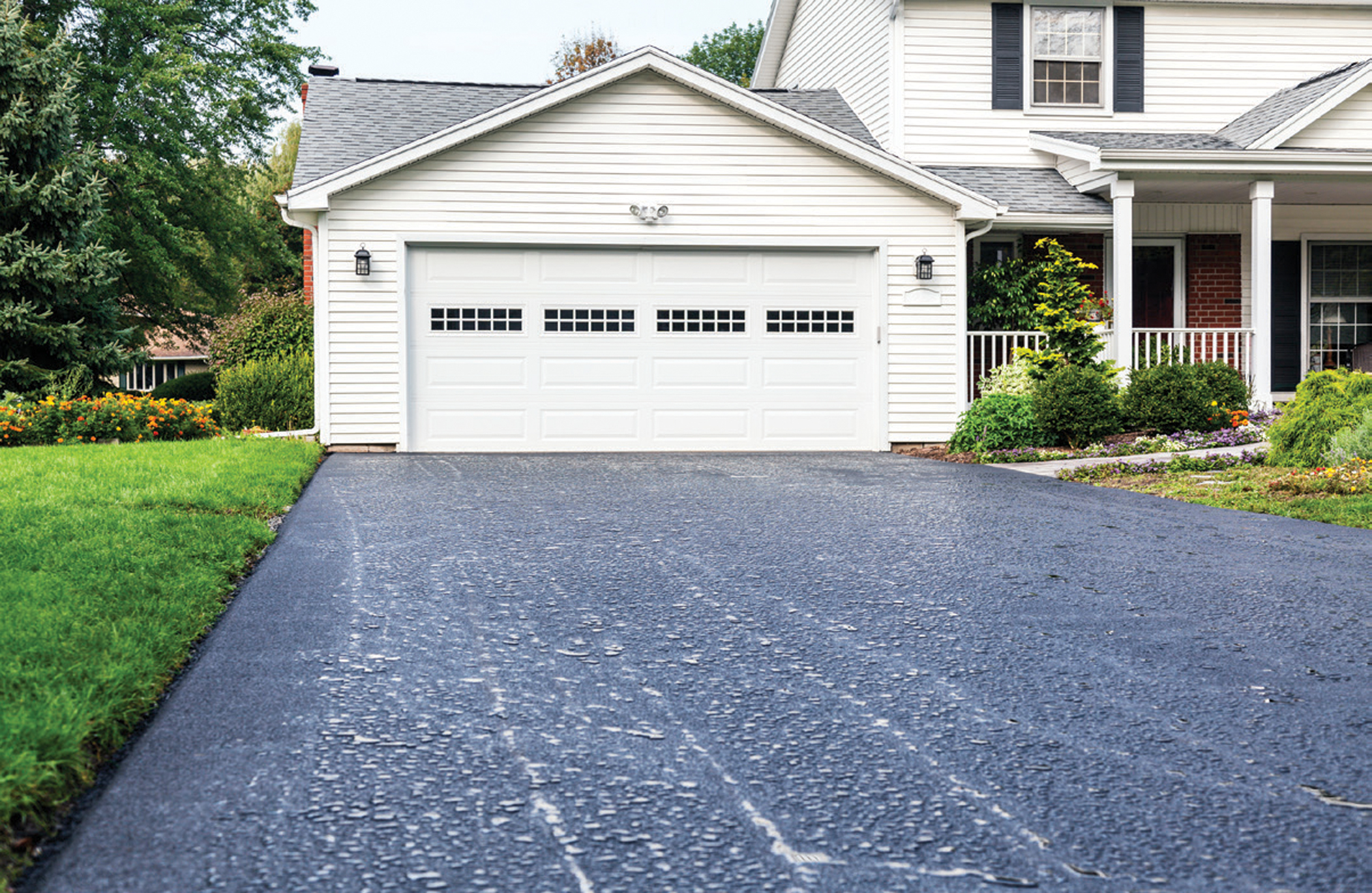Cold Mix Asphalt Vs. Hot Mix Asphalt: Which Is Right for You?

Structure Distinctions
Cold mix asphalt is created by emulsifying the asphalt binder with water and an emulsifying representative prior to blending it with accumulation. The warm mix asphalt manufacturing procedure entails warming the accumulation and asphalt binder independently prior to incorporating them at the asphalt plant.
In addition, cool mix asphalt tends to be much less thick and extra adaptable than warm mix asphalt. This adaptability makes it far better fit for areas with higher levels of movement, such as driveways or roads with hefty website traffic. In comparison, warm mix asphalt is understood for its high toughness and resistance to rutting and splitting, making it a favored option for highways and high-traffic roadways where long life is vital.
Setup Process Variances
The procedure of installing chilly mix and warm mix asphalt exhibits significant differences in their needs and procedures. In contrast, hot mix asphalt demands a more fancy setup procedure. Due to the heating demands, warm mix asphalt installments are generally brought out by specialists with customized equipment, guaranteeing a much more structurally sound and permanent result.
Toughness and Long Life Factors
When thinking about asphalt alternatives, toughness and durability are vital aspects to review for lasting pavement efficiency. Warm mix asphalt (HMA) is recognized for its phenomenal longevity and durability.
In terms of long life, HMA usually surpasses CMA as a result of its remarkable strength and resistance residential or commercial properties. HMA sidewalks have a longer life span, requiring much less frequent repair services and maintenance, which can convert to cost financial savings over time. In addition, HMA pavements are extra quickly adjustable to meet details project needs, further boosting their resilience.
Price Considerations
Thinking about the monetary ramifications is a critical element when assessing the option between hot mix asphalt (HMA) and chilly mix asphalt (CMA) for sidewalk tasks. While the preliminary expense of hot mix asphalt is normally greater than that of cool mix asphalt, HMA usually gives an extra affordable solution in the long straight from the source run due to its superior durability and long life.
Along with product expenses, it's necessary to think about the costs related to setup and maintenance when contrasting HMA and CMA. HMA usually calls for specialized tools and skilled labor for correct setup, which can influence total task prices. Alternatively, CMA is simpler to deal with and can frequently be used utilizing simpler strategies, possibly lowering installment costs. Ultimately, the decision in between HMA and CMA ought to consider not simply the preliminary price however also the lasting financial effects to establish the most cost-effective choice for the specific pavement project.
Environmental Influence Comparison
Contrast of the environmental influences between hot mix asphalt (HMA) and chilly mix asphalt (CMA) discloses distinctive differences in sustainability practices. HMA production needs heats, bring about enhanced power intake and greenhouse gas emissions. The process also launches volatile organic compounds (VOCs) and unsafe air pollutants (HAPs) into the atmosphere. In comparison, CMA is created and used at reduced temperature levels, reducing energy usage and emissions considerably. The reduced production temperatures of CMA lead to reduced gas consumption and lower levels of CO2 emissions, making it a more eco-friendly choice.
Furthermore, using CMA typically includes recycling existing asphalt pavement, promoting source preservation and minimizing the amount important site of waste sent to landfills. This recycling facet better improves the sustainability of CMA compared to HMA. In general, when considering the ecological influence, CMA arises as a much more environmentally lasting selection because of its lower energy needs, minimized discharges, and the potential for reusing existing materials. By selecting CMA over HMA, roadway building and construction jobs can contribute positively to environmental preservation efforts.
Verdict
In final thought, the choice between cool mix asphalt (CMA) and hot mix asphalt (HMA) relies on various aspects such as make-up, installation procedure, durability, durability, price, and environmental effect. asphalt repair. While CMA offers a cost-effective and quick option for small repairs, HMA guarantees premium durability and durability for hefty traffic areas. Think about these variables carefully to identify which kind of asphalt is the ideal selection for your paving requires

Thinking about the financial ramifications is a crucial element when reviewing the choice in between warm mix asphalt (HMA) and cold mix asphalt (CMA) for pavement jobs. While the first cost of hot mix asphalt is commonly higher than that of chilly mix asphalt, HMA usually provides a more affordable remedy in the lengthy run due to its exceptional toughness and long life. cold mix asphalt.Comparison check that of the ecological influences in between warm mix asphalt (HMA) and cold mix asphalt (CMA) reveals distinct differences in sustainability methods.In final thought, the selection in between cold mix asphalt (CMA) and warm mix asphalt (HMA) depends on numerous factors such as composition, installation process, sturdiness, durability, expense, and ecological influence